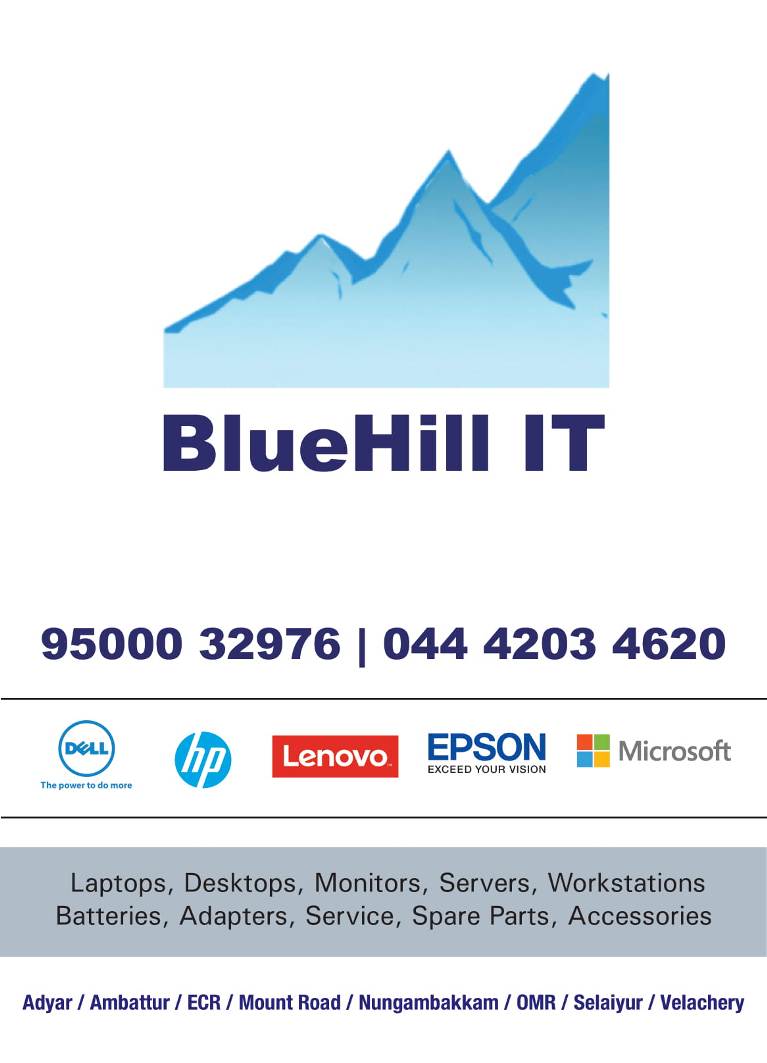STEM (Science, Technology, Engineering, and Mathematics) education offers numerous opportunities for students to develop critical thinking, problem-solving, and creativity skills. However, it also comes with its own set of challenges. Here’s a summary of the challenges and opportunities in STEM education:
Challenges:
- Access and Equity: One of the primary challenges in STEM education is ensuring equitable access for all students, regardless of their socioeconomic background, gender, or geographic location. Disparities in access to quality STEM resources and opportunities can perpetuate existing inequalities.
- Teacher Preparedness: Many teachers may lack the training, resources, and confidence to effectively teach STEM subjects. Addressing this challenge requires ongoing professional development and support for educators to enhance their STEM teaching skills.
- Teacher Preparedness: Many teachers may lack the training, resources, and confidence to effectively teach STEM subjects. Addressing this challenge requires ongoing professional development and support for educators to enhance their STEM teaching skills.
- Diversity and Inclusion: The STEM fields continue to lack diversity, with women, minorities, and individuals from marginalized communities underrepresented. Overcoming biases and systemic barriers to diversity and inclusion in STEM education and careers is essential for fostering innovation and addressing global challenges.
- Infrastructure and Resources: Many schools may lack the necessary infrastructure, equipment, and resources to support hands-on, experiential STEM learning. Limited access to laboratories, technology, and STEM materials can hinder students’ ability to engage in authentic, inquiry-based learning experiences.
Opportunities:
- Interdisciplinary Learning: STEM education provides opportunities for interdisciplinary learning, integrating concepts and skills from multiple disciplines. This approach promotes holistic understanding and real-world problem-solving, preparing students for diverse career pathways and challenges.
- Hands-on and Experiential Learning: Hands-on, inquiry-based learning experiences are central to STEM education, allowing students to apply theoretical knowledge to practical problems. These experiences foster curiosity, critical thinking, and collaboration skills essential for success in STEM fields.
- Technology Integration: Technology plays a crucial role in STEM education, offering tools and resources to enhance learning experiences. Digital simulations, virtual laboratories, and coding platforms provide opportunities for interactive and immersive learning, expanding access to STEM education beyond the classroom.
- Project-Based Learning: Project-based learning (PBL) enables students to investigate authentic, real-world problems and design solutions collaboratively. PBL promotes creativity, teamwork, and problem-solving skills, preparing students for the complexities of the modern workforce.
- Community Partnerships and Outreach: Collaborating with industry partners, research institutions, and community organizations can enrich STEM education by providing students with mentorship, internships, and hands-on learning opportunities. Community partnerships help bridge the gap between classroom learning and real-world applications, inspiring students to pursue STEM careers.
By addressing these challenges and leveraging these opportunities, educators can create inclusive, engaging, and impactful STEM learning experiences that empower all students to succeed in the 21st-century global economy.




